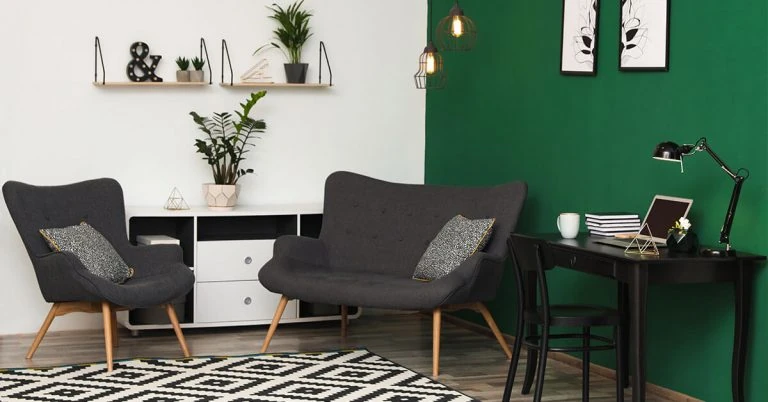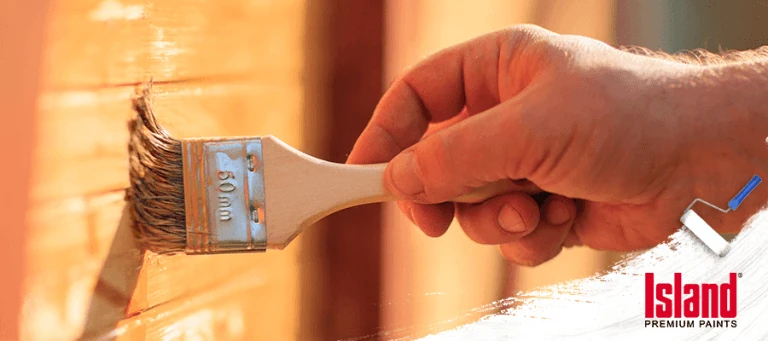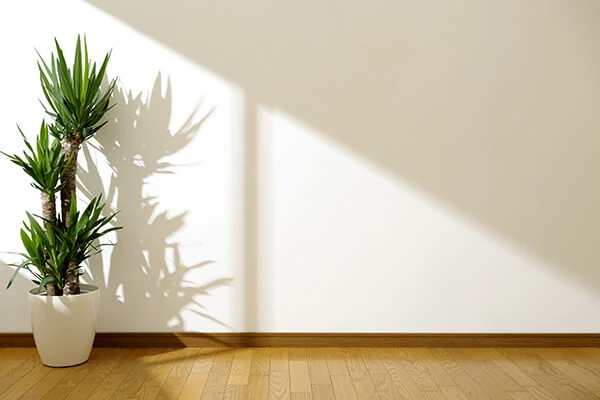Home Decorating Tips


A lot of considerations go into choosing interior paint, color, finish, quality, and your (removed own, redundant) personal taste being the more important factor. Then there may also be a matter of choosing alkyd vs acrylic paint, which you probably think doesn’t make a lot of difference– paint is paint, right? But you’d be surprised to learn that these two options make a lot of difference and impact on the (removed final, redundant) outcome of your project.
No worries, though! Once you get the differences, choosing paint is a lot easier, while also broadening your creative options. Here, we’ll be going through the basics of choosing interior paint, then diving into the key differences between alkyd paint and acrylic paint, plus how to choose the right ones for your project.
The basics of choosing interior paint
Did you know that there used to be a time when house paint was nothing more than just pigment added to cow’s milk? When the milk dried after application, the pigment remained. Simple times, but you can imagine how long that would last.
Thankfully today, paint manufacturers can put chemical additives into paint, giving them gloss, washability, mildew resistance, toughness, and more. Now we have all kinds of paint, some are made specifically for interior and/or exterior use, then there’s paint for different kinds of surfaces, in a multitude of colors and finishes– able to transform homes, offices, and other living spaces with a fresh coat or two.
It’s easy to get caught up in the excitement of a paint project but remember that the best projects start with thorough preparation, so choose your products carefully from the start. When it comes to paint, one size (Removed definitely, redundant) does not fit all. A mismatch of paint with surface or interior conditions can cause mishaps down the road so it (removed really) helps to do some research beforehand
Some factors to consider when choosing interior paint also include:
- Surface – Look at the space you plan to paint and determine whether it’s drywall, wood, metal, or plaster.
- Function – Consider also the use of the area, if it’s a high-traffic area like a garage floor or stair banister.
- Color -When choosing a color, consider the mood of the room you’re working on. It helps to have a reference point to help you figure out which colors you’re naturally drawn to. Pay attention to both natural and artificial light in the room.
- Finish – Paint comes in different finishes, from satin to semi-gloss to matte. Using a single color using different finishes can create a nice, cohesive look to a room.
Another major factor to consider is the type of paint to use, which is where we delve into acrylic paint versus alkyd paint.
Alkyd vs acrylic paint: what’s the difference?
Alkyd paints are also known as oil paints which, as the name suggests, are oil-based. Alkyd paints can be toxic and have strong fumes, if not properly ventilated. In general, oil paints dry slower than other types of paints, however, they do happen to blend better. This gives alkyd paints an advantage if you’re working on a large area, or if you’re using multiple colors onto a wall.
Using alkyd paints forms a harder, long-lasting coating. Use these for any surfaces where you want the finish to be durable, like trim and cabinets.
Oil-based paints are also some of the most challenging to clean in case of a spill. When working with alkyd paints, be sure to open some windows, and turn a fan to help with air circulation.
On the other hand, acrylic paints, which are water-based (removed paints), are also the most environmentally friendly and the easiest to clean. It is most commonly used for general painting projects like doors, walls, and ceilings.
Unlike alkyd paints, this type of paint dries quickly, which makes it challenging to use in large areas. Oil and acrylic paints will not mix, and acrylic paint may not adhere to the wall properly if it was previously painted with alkyd paints.
Another key difference is that acrylic paints do not blend well. So if you’re working with a bigger space or attempting to blend colors, be sure to keep a water squirt bottle on hand to keep the paint wet for best results. If making a glaze, make sure to use a water-based glaze because an oil glaze will not mix.
Whether you go oil-based or water-based, the key is getting high-quality paint. In terms of superior coverage, adhesion, and durability, go for the best paint you can afford. Using these tips, it should be easier to find and choose the right paints for your interior spaces and will certainly save time, money, and stress in the future.
Island Paints has a line of high-quality paints and products that will give your home or project the vibrancy it needs. Island Paints products are available in Lazada for all your painting needs,
Sources:
Our Products
Our line of high quality paints and products will give your home or project the vibrancy it needs.
Explore Colors
Ready to explore colorful possibiliies today? View our popular paint colo combination palettes for great color schemes and room design ideas for interior and exteriors.



